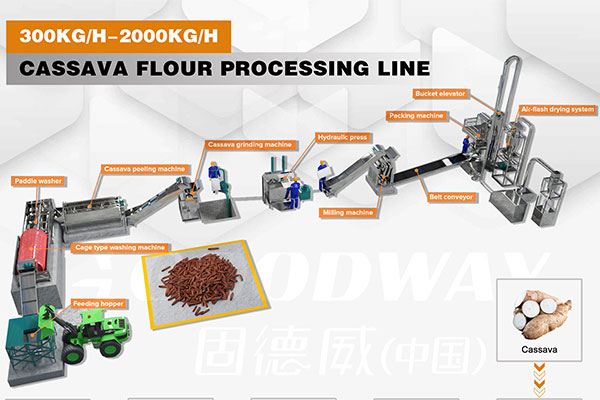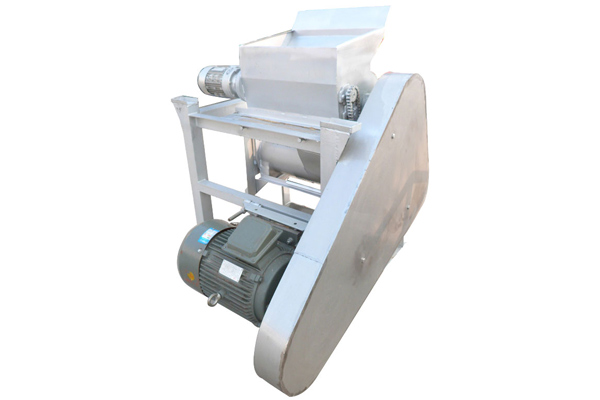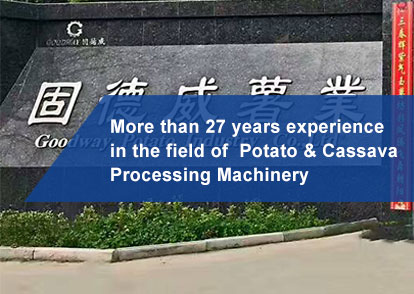There are currently two types of potato starch processing techniques in China. One is the traditional method - physalis method. The process flow is: washing and cleaning fresh potatoes - adding water - refining - passing through the basket and mixing the pulp - skimming cylinder - sitting in the cylinder - skimming Slurry - sieve - small cylinder - from powder - hanging bag - drying.
The coarse starch produced by this process will be further processed into "three powders", namely vermicelli, vermicelli, and vermicelli for sale.
The physalis method of cassava starch processing is characterized by the combination of physical processing and biological fermentation, the process is simple, the degree of mechanization is low, the starch quality is poor, and the water consumption and wastewater discharge are large. The processing scale is not large, and most of them are small-scale enterprises and retail customers.
The other is an industrial production method using fresh sweet potatoes as raw materials - a swirl process method.
This modern starch processing is characterized by pure physical processing, high level of automation, good starch quality, large output, and greatly reduced production water consumption and wastewater discharge.
1. After the tapioca starch is processed, the potato raw materials are mainly divided into three parts:
First, the main extracts, starch and starch products of the enterprise;
The second is the cassava starch processing waste liquid, which is difficult to treat and causes serious pollution to the environment after discharge. The main components are soluble sugar and protein;
The third is that the quality is low, and it is difficult to produce good economic benefits. Potato residues with starch and dietary fiber as the main components.
2. Wastewater treatment in cassava starch processing and production
The wastewater in the production of potato starch mainly comes from two parts, one is the wastewater generated from cleaning raw materials, the pollutants are mainly sediment and potato peels, etc., and the wastewater generated in the extraction section, because it contains more potato residues and fibers, also called Slurry water.
The disadvantages and limitations of the physalis method are also reflected here. It cannot meet the needs of large-scale tapioca starch processing, nor can it meet the quality requirements of automated starch production.
The treatment of production wastewater and slurry water increases the production cost, which is not suitable for the long-term production needs of enterprise development. For such enterprises, it is necessary to adapt to the popularization of modern scientific and technological intelligent processing as soon as possible, and improve the processing technology of starch products.
At present, green development is advocated. Such production wastewater cannot be discharged into waters and rivers at will. At the beginning of the establishment of the factory, it will be required to be equipped with necessary sewage treatment equipment and simple purification devices. impact and achieve cleaner production.

 EN
EN
 fr
fr  es
es  it
it  pt
pt 







